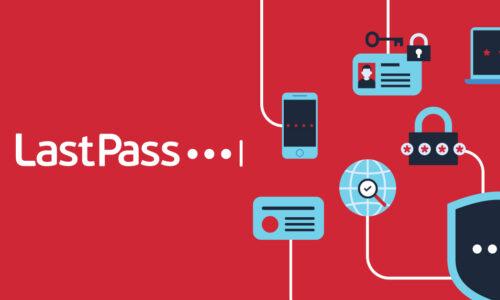
Cybersecurity is more than making the right MFA choice or training on malware. While every good cybersecurity program has elements of education, technology, and the work of talented teams, it also needs to be forward-thinking, because the future isn’t slowing down. As technology changes, so do security risks. Generative AI. Sophisticated phishing attempts. New and constantly-changing cyber securing policies and regulations.
As technology continues to evolve, how can we prepare for what comes next? This month, we talked with security analyst, author and TED Speaker, Keren Elazari, about how your organizations can grow alongside an ever-evolving cybersecurity landscape.
Here are some top takeaways.
How to get prepared to navigate the cybersecurity landscape
Elazari will be the first to tell you: security is not a destination. It’s not even something you just do. Security is an always-on evolution and you need to work towards improving, one step at a time. How do you prepare to have the right mindset in approaching the realities of the cybersecurity landscape?
The first step is to stay educated and up-to-date on everything from emerging tech to evolving threats. Staying curious helps prevent complacency and prevents carelessness. Technology changes, including AI, will continue to be challenging and expecting the unexpected can help you stay ahead of threats or in-the-know about the best security initiatives.
&feature=youtu.be
The first level of threat prevention
When asked “Where can we begin in preventing cyberthreats?”, Elazari believes that it starts with individuals. If people take steps to safeguard their own data, they’re more likely to carry those practices into their work life. Advocate for and educate teams on:
- How to set up MFA and other trusted access policies on any personal account, including Gmail, Dropbox and any other personal storage or productivity tools
- Establishing an account with an organization that monitors the dark web for personal information, like social security number or credit card information
- Being responsible with personal credentials (like passwords to all social media) by using a home version of a password manager.

